It is more than a little disturbing when a major regional newspaper (the Seattle Times) provides demonstrably inaccurate and deceptive weather and climate information.
But yesterday, the infamous Seattle Times ClimateLab did it again.
The first lines of the article describe the past year in apocalyptic terms:
Virtually every aspect of life in Washington suffered during last year’s drought.
Groundwater wells ran dry, fields produced fewer crops, trees died in greater numbers, fish faced disease and famine
And the next paragraph paints a very dark picture of our future:
The state’s water woes will continue, even worsen, in the decades ahead.
Has the state been in a terrible drought that has seriously impacted agriculture, causing fish to face famine, and causing regional water shortages? And are other claims of this article true, such as high temperatures causing terrible losses in the State's cherry crops?
Most of the claims are factually wrong.
The article was accompanied by a picture of a Rattlesnake Lake, which looked like a scene from the moon. They did not mention that this is an artificial lake controlled by Seattle Public Utilities.
Absolutely not. The 2023 state apple crop was huge under near-perfect conditions (28% above 2022). Apples are the state's number one crop.
The number three WA crop is potatoes, which had a 9.5% increase over 2022.
Doesn't sound like agriculture took too much of a hit from the Seattle Times's drought.
But what about the cherry crop you ask? The Seattle Times states:
sudden melt-off (of snow in May 2023) sent the state’s sweet cherry growers into an early harvest, causing perhaps $100 million in losses.
It turns out the truth was a bit different. The Washington State cherry crop was very large and high quality. The problem was the cool, wet weather resulted in a bumper, late crop in California that suppressed prices.
So low that Washington cherry farmers left a lot of the crop on the trees. So it was the OPPOSITE of drought in California that caused problems for Washington State farmers. Lots of snow and rain in the "Golden State"
The Seattle Times describes famine times for fish, but salmon returns were UP for all areas of Washington State.
The accumulated precipitation at Seattle for the past year is nearly normal (green is this year, brown is normal):
What about Yakima on the eastern Cascades slopes? Near normal.
Doesn't look like much of a drought. Yes, the snowpack is less this year because temperatures were warmer than normal for a while (due to El Nino, NOT climate change).
But the amount of water falling from the sky was near normal and many reservoirs stored more water than usual.
Seattle's reservoirs are above normal (see below)
Maybe not. The streams on the "dry" eastern slopes of the Cascades are running high (see below). Nearly normal streamflow conditions on the western slopes of the Cascades. The only streams running low are around the South Sound area.
In summary, Seattle Times ClimateLab articles are not doing anyone a favor by telling tall tales about drought and climate change. El Nino conditions are evident right now, with low snowpack but near normal precipitation. Agriculture is not collapsing. Precipitation is near normal.
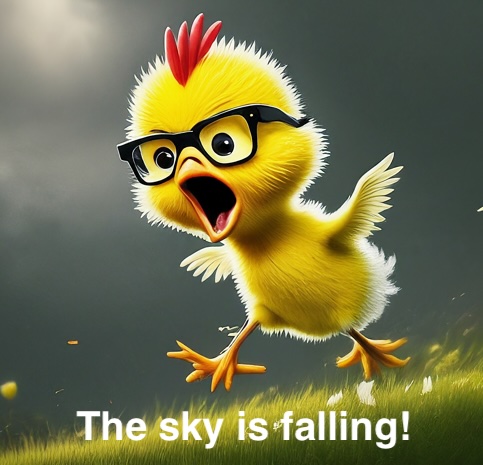


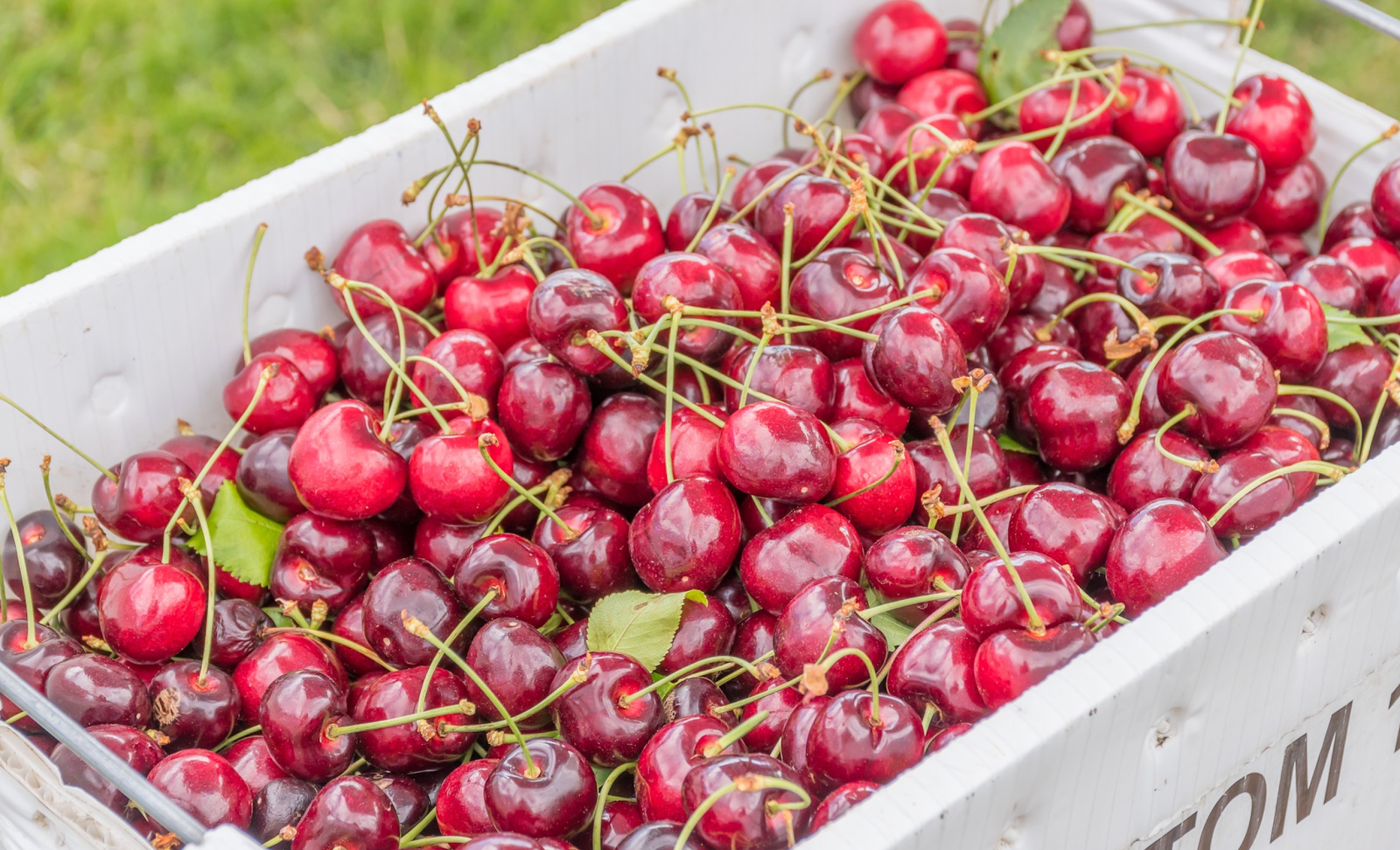

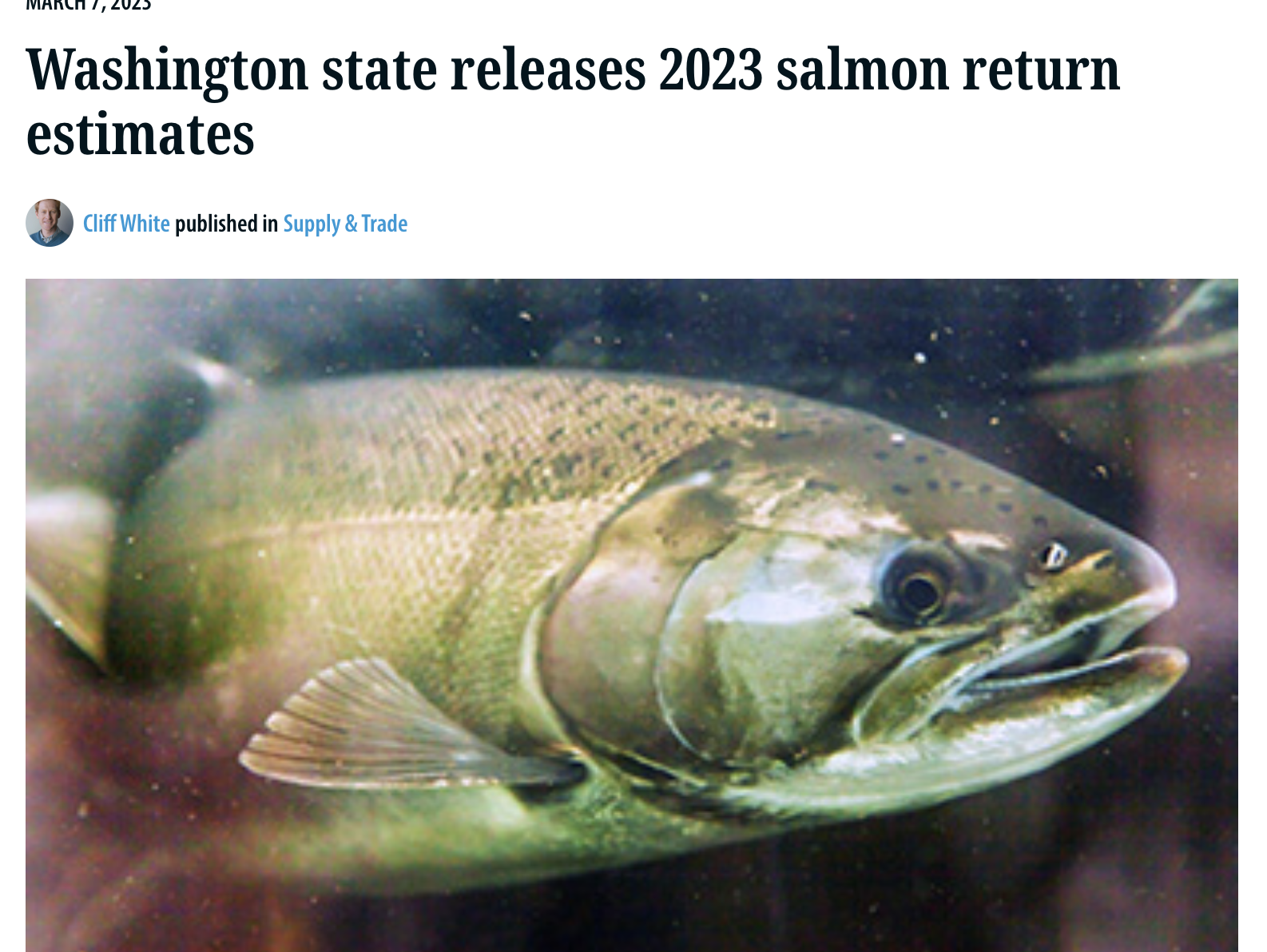

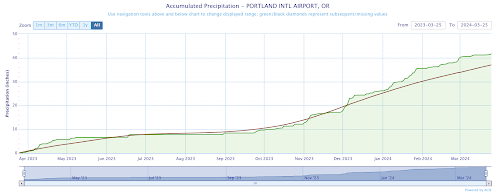

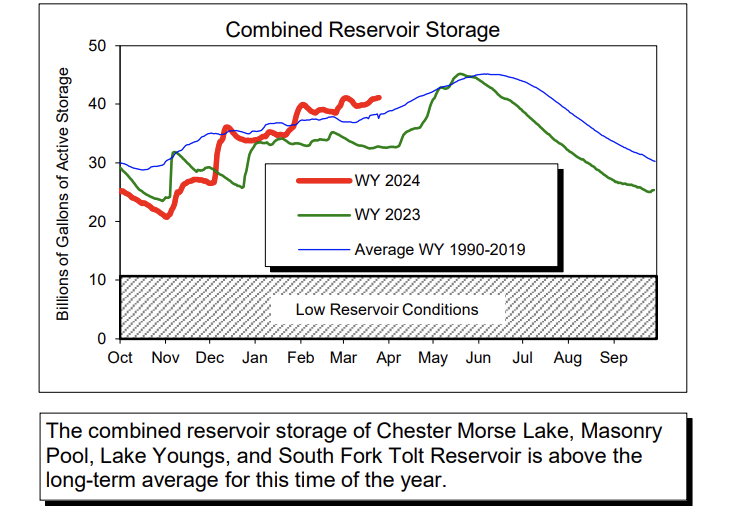






"Yes, the snowpack is less this year because temperatures were warmer than normal for a while (due to El Nino, NOT climate change)."
ReplyDeleteIsn't it because of both? Haven't you said that the best estimate is that any particular period (whether heat wave, average, or cold wave) is about 1°C warmer due to climate change? (Sure, natural variation has greater magnitude, but it is by definition fleeting while climate change is not.)
It's worth pointing out that salmon returns and salmon production are relatively independent, so good returns means favorable marine conditions and less die-off at sea. Good returns also don't lead to good production if freshwater conditions aren't favorable, and El Niño is the main negative indicator of freshwater production [low summer/fall flows forcing fish to spawn in the mainstem/lower tribs rather than the upper tribs followed by high winter rainfall (rather than snowfall which would lock that precip up in the mountains 'til summer melt time) leading to high flows redd scouring/egg destruction]
ReplyDeleteYeah, those salmon are fussy, really fussy; it is surprising that their survival strategy works: Too little rain messes them up, too much rain messes them up, too little snow... etc.
DeleteGood work, Cliff! Thank you.
ReplyDeleteCliff - I love your site for your insights about weather. I understand that the Times has a bent towards alarmist headlines.
ReplyDeleteHowever, I know that reservoirs are acting proactively to fill to higher levels because of the lower snowpack. The fact that they are above normal is a decision by reservoir managers to go into the Spring with more water knowing that they can't rely on snowmelt. It's a fallacy to equate current higher reservoir levels with abundant supply.
Scott...this is certainly true...reservoir managers are being wise to ensure plenty of water this summer. This DOES equate to abundant/adequate supply...cliff
DeleteThey should shift their narrative to north of the border because here in BC we are certainly in an ongoing drought. Last Spring was dry, last summer was dry, last fall was dry, winter was dry, and the start of Spring has been bone dry with very little precip in the long range forecast, couple that with a well below average snow pack across the province. No clue if this has any influence on stream flows south of the border.
ReplyDeleteBC has an area greater than California, Oregon and Washington combined, so any discussion on drought here has to take into account variations throughout the Province. The Canadian Drought Monitor produced by Agriculture Canada shows those variation. As of February 29th, some areas of the Province were classified as extreme or exceptional drought, while other areas had no drought at all.
DeleteI don't doubt that but BC were are certainly in a prolonged drought since early last Spring with no end in the forecast. Last summer the Arrow and Kinbasket reservoir were lower than I'd ever seen it, which is the Columbia River. It's always low in the winter and spring but currently looks like a moon scape. Maybe things will turn around next Fall, but we could be in for a drought and fire summer comparable to last if the current trend holds.
DeleteLol, Cliff. I know I was reading that article and also wondering what glue they are sniffing. Maybe it is the snowpack, but I think even the snowpack was pretty much near normal after all that rain/cold period we had this year.
ReplyDeleteAdd'l info about the photo the Times used: I live 5 minutes from Rattlesnake Lake (for the past 22 years) and I can attest the water level will fluctuate to extremes (almost empty vs flooding all the way up to the road). The water level is largely controlled by the folks that run the reservoir. The dead trees in the photo posted by the Times were original old growth that was cut prior to the planned flooding of Moncton (Cedar Falls). I'll bet they didn't mention that in their article.
ReplyDeleteCliff, thank you for noting the good flows in eastside rivers. However, eastside rivers are mainly snow fed, not rain fed. When they're higher than normal in March, typically that reflects an earlier-than-normal melt-out. That, combined with lower-than-average snowpacks, is not a good development for the summer.
ReplyDeleteJerry...if the water is being stored and more rain is coming, we could be in decent shape over the summer. Check out the Yakima reservoir levels...moving up nicely..cliff
DeleteI will go out on a limb and say its all about funding, probably a direct line to the Governors desk then to Washington DC, anything pushing the narrative seems to have unlimited $ behind it. Thanks for keeping it real with this issue Cliff
ReplyDeleteI like the "Chicken Little " cartoon. Appropriate. Climate Lab uses a bunch of writers that have little regard for facts when these don'tsupporttheir thesis of "Climate change is responsible for all negative, weather related issues in our area." . As a PCT through hiker I typically look at "Postholer.com" to figure out snow pack relative to other years and for any location along the Sierra and Cascade Ridgeline. Only the Northern portion of the cascades is somewhat low (80%) relative to average for this time of year....pretty easy to fact check this article from many angles and punch holes in this pseudo scientific article.
ReplyDeleteCliff, I agree that the language/images are overly sensationalized, but the article seems to regurgitate information coming from the 2023 Pacific Northwest Water Year Report from the University of Washington’s Climate Impacts Group. Are you challenging the report itself, or the Times' portrayal of it? I'm not a climate expert by any means but respect your viewpoint - if it's the Water Year Report that has issues, I'd be interested in hearing your thoughts on what it gets right and what it doesn't. Thanks!
ReplyDeleteDENVER CITY HALL REPORTER
ReplyDeleteConrad Swanson Dp
@conrad_swanson cswanson@denverpost.com
Conrad Swanson covers Denver politics on The Denver Post’s political team. An Iowa native, he joined the paper in November 2019 after stints at the Colorado Springs Gazette, Lawrence Journal-World (Kansas) and Sioux City Journal (Iowa). He graduated from the University of Iowa with a bachelor’s degree in journalism and a focus in economics.
Perhaps this explains some of the misinformation!!!
Of great interest to beer drinkers:
ReplyDeleteWashington State produced 74 percent of the USA hops in 2023. Both acres and yield vary over time. Area was down and yield was up. Net weight was up 2%. Housing developments, not climate change, caused a reduction in acres planted.
Those not familiar with the growing of hops can search-up images using:
"hop fields moxee"
Times on the "Global warming" bandwagon. More on that here: https://www.youtube.com/watch?v=p4vSMj4R5Rg
ReplyDeleteForester here. I'd sure like to know who the 13 "forestry respondents" were that "felt" they experienced greater tree mortality. The organization I work for planted around a half million trees across western WA/OR (including areas with drought declarations) for the 2023 growing season (essentially the same as the water year). We have samples across virtually every acre that was planted, and 2023 was an excellent year for seedling survival - well above average. I also have samples on over 20,000 acres of young and mature forest that have been taken since the 2023 water year. They show no discernable trend in mortality or disease. But hey, who needs data when you've got feelings?
ReplyDeleteThis comment has been removed by the author.
ReplyDelete